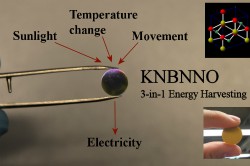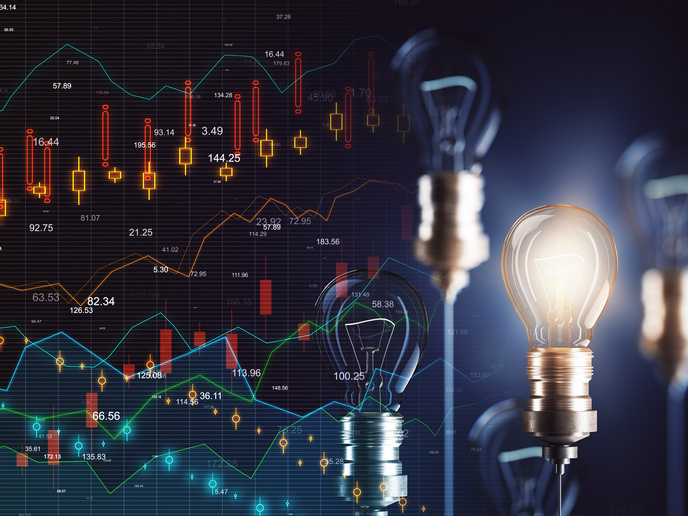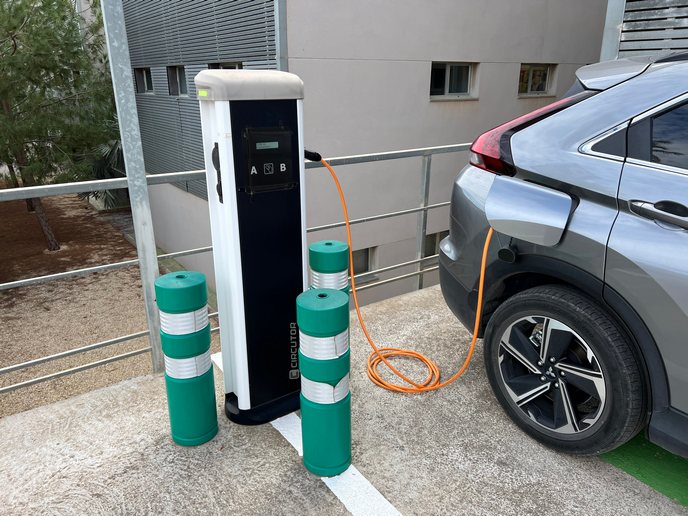Smart buildings are even smarter with energy-harvesting sensors
Buildings account for around 40 % of energy consumed in the EU. Damaged, malfunctioning or inefficient building installations waste resources, with significant losses if errors remain undetected for a long time. This can be reduced with intelligent monitoring systems using sensors that measure power consumption, humidity and other aspects of the internal environment. However, sensors are typically powered by batteries which have a limited life and are polluting when discarded. Now the EU-funded RePower project has developed a patented system that enables sensors to harvest miniscule amounts of energy from a building’s wiring in order to function, eliminating the need for batteries. “If buildings don’t break down and we can keep using them productively for longer, that’s good for our environment and the economy,” says Dr Bo Eskerod Madsen, CEO of Danish company ReMoni(opens in new window) which led the project. The energy-harvesting RePower devices, containing sensors, an antenna and microprocessors, are clamped to existing wiring and pipes. “Most cables have conductors inside and the device harvests energy from the voltage that runs through the cable at all times,” Dr Madsen explains. “They don’t harvest from the electrical current because there are times when there is zero current but still a need for monitoring by sensors. “The amount of energy you can harvest from a cable is extremely small and has to be just enough to operate the controlling electronics of the energy harvester and sensors,” he adds. Once installed, the two-way system wirelessly sends sensor data into the cloud and the cloud in turn controls the sensors. The system analyses the data and issues alerts if something needs to be adjusted or fixed. “They communicate by themselves to make the building work better as part of the Internet of Things,” Dr Madsen explains. Very little energy The project’s biggest challenge was technical. “A lot of instrument optimisation was needed. If you use standard electronic components, you just use more energy than the harvester can actually provide,” Dr Madsen says. During the project, the energy consumption of the devices was reduced from 10 micro amps (one millionth of an amp) to about 40 nanoamperes (one billionth of an amp). “So we improved the internal circuits by about 250 times and that was difficult to do,” he adds. “To be able to operate the electronics on so little energy is really cutting-edge. And then it needs to be robust and stable against different configurations,” he says, adding the prototype required a lot of laboratory testing on many types of cables and installations at different frequencies and voltages. Intelligent system Each 15 cm RePower device – the size is determined by the size of current antenna technology – contains a number of different sensors. The antenna ensures it works in buildings with many concrete walls and areas with poor wireless coverage. An intelligent self-learning system optimises the data flow from each sensor. “The data comes in at a slow pace simply because you can’t generate enough energy to transfer all the data to the cloud,” says Dr Madsen. The system analyses the data and if something does not look right, it ‘commands’ extra data from particular sensors. “These sensors will send the special data, say, for an hour, and then go back into low-volume mode without overloading the wireless (bandwidth),” he says. The system has now been sold in Europe and Singapore. “Customers want full-service. They buy our platform with sensors and alarms and interfaces and then they package it with their own services and user interfaces,” Dr Madsen says.







